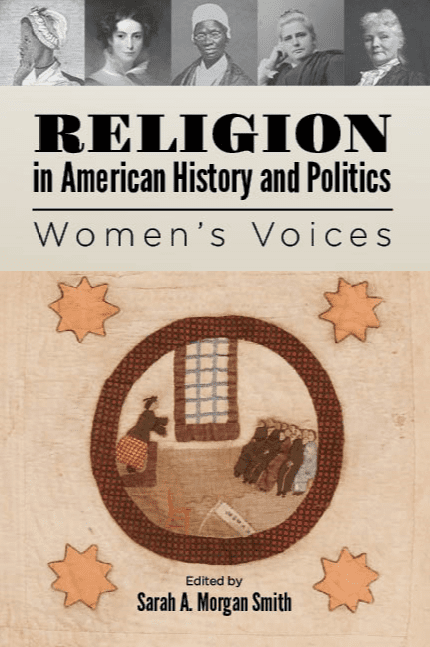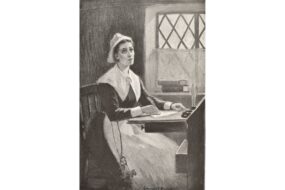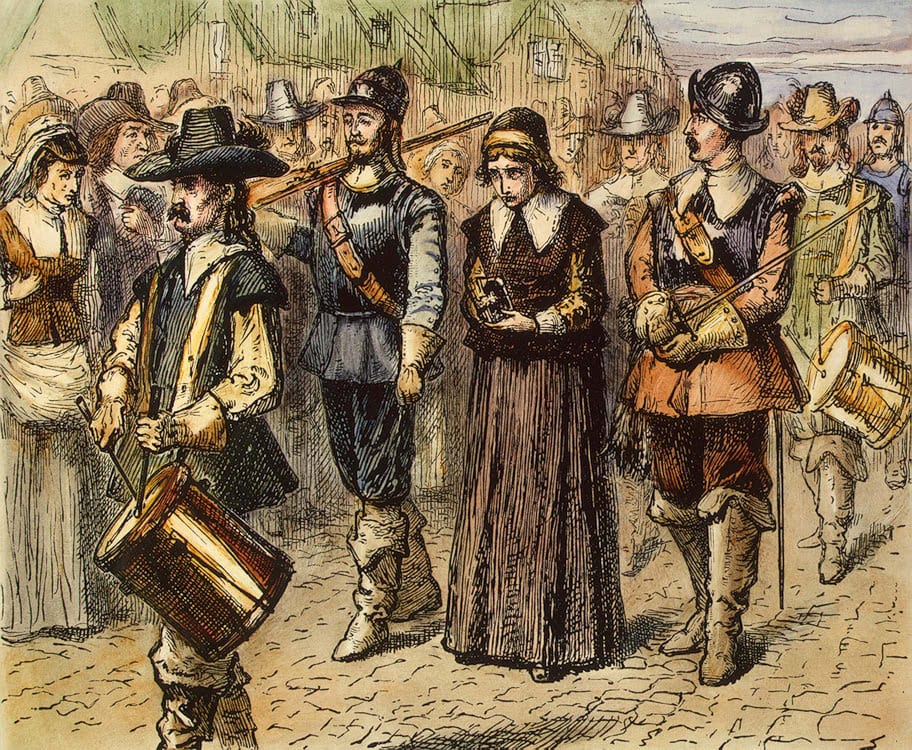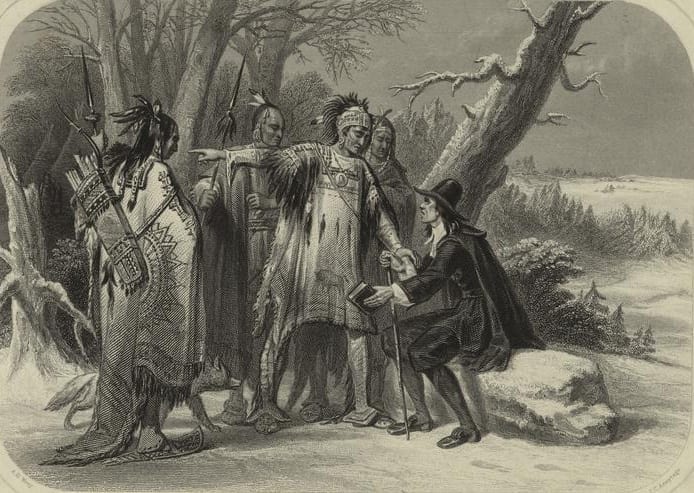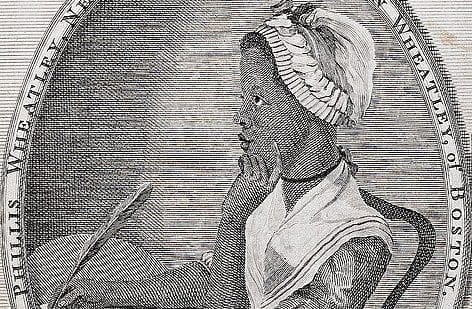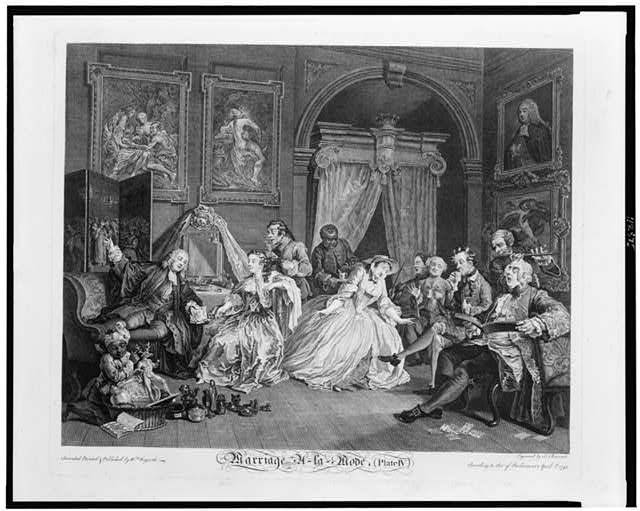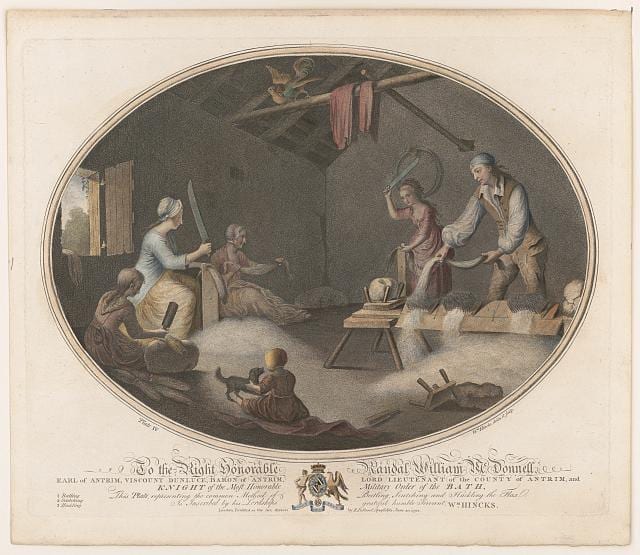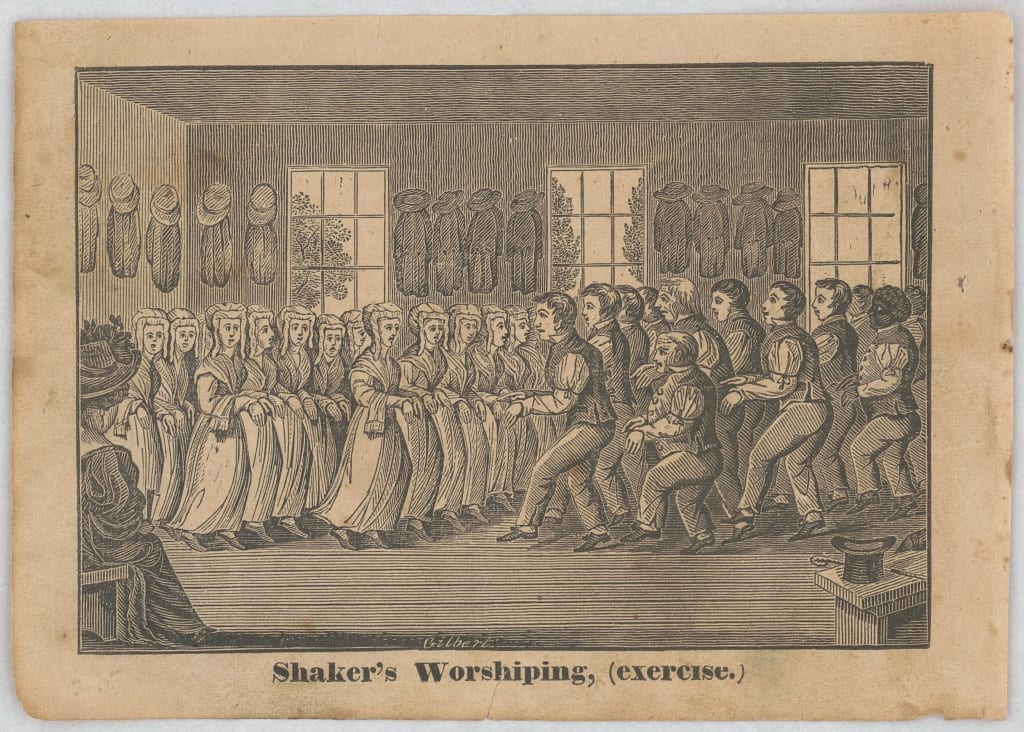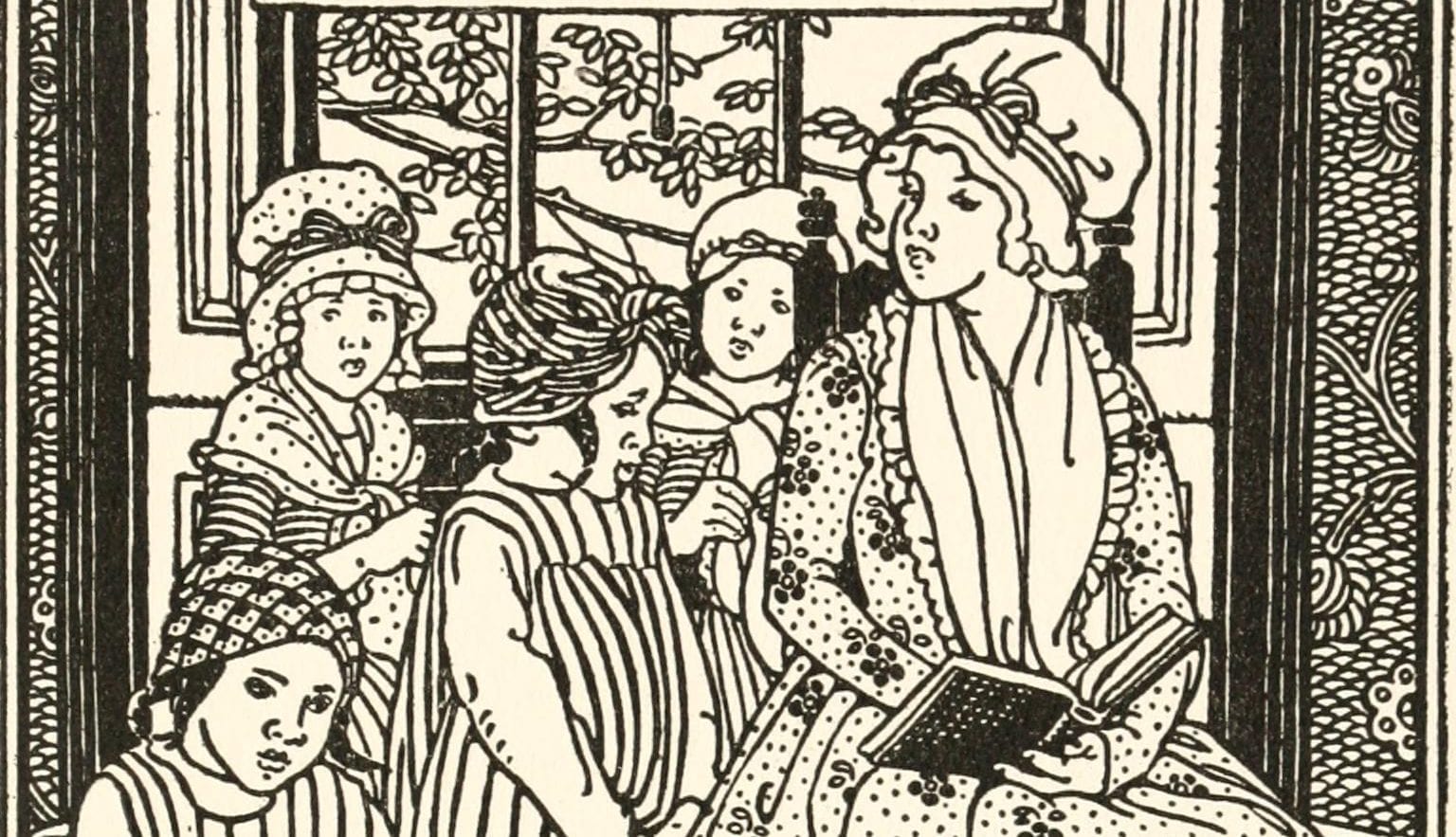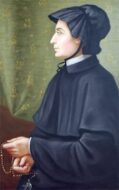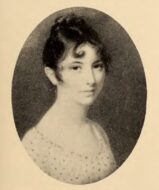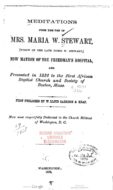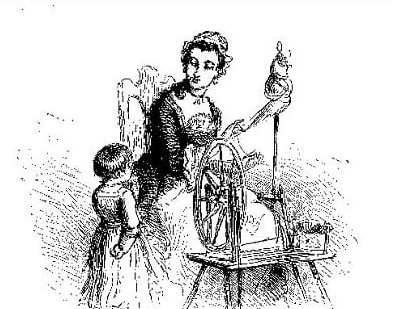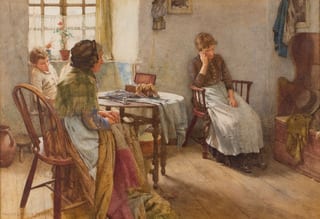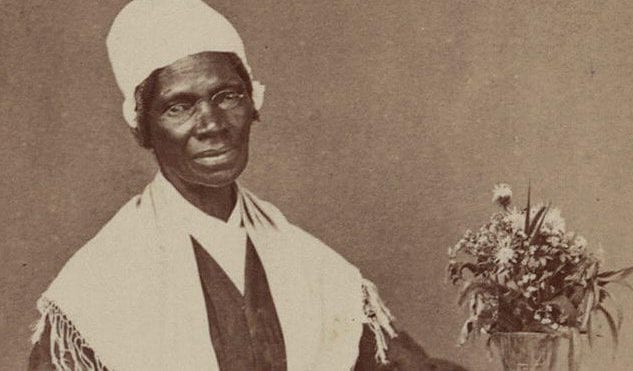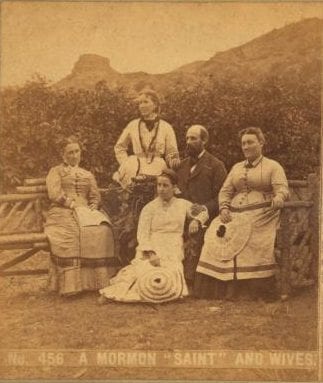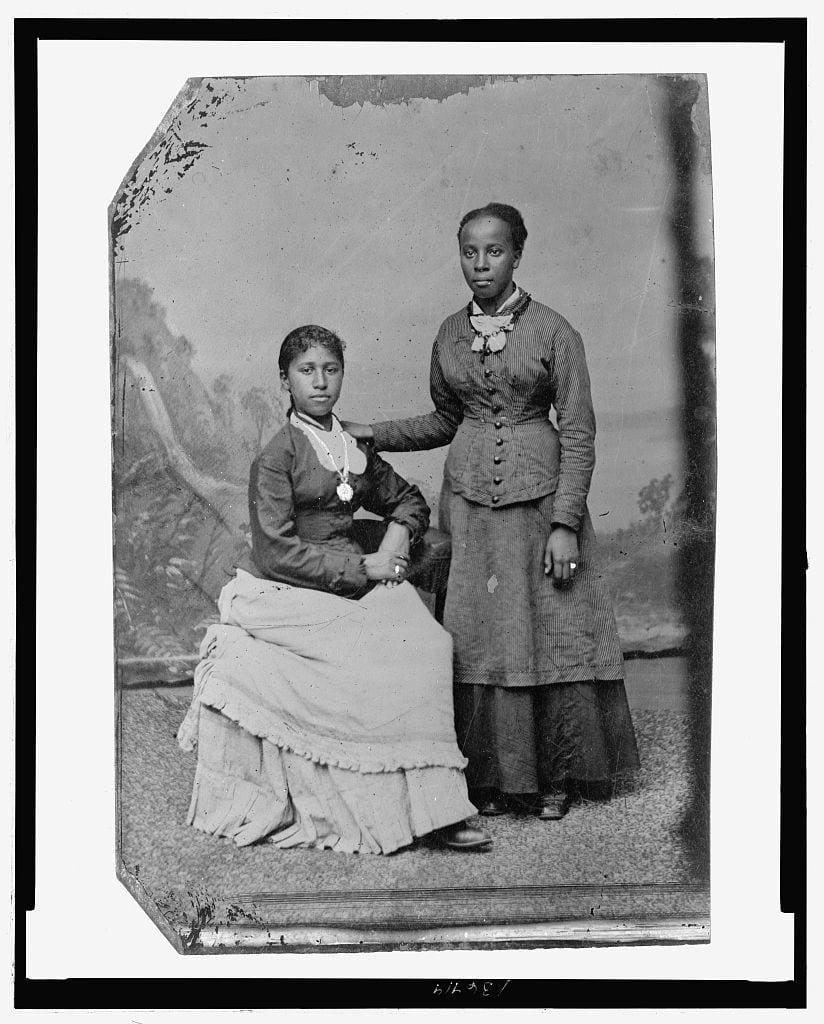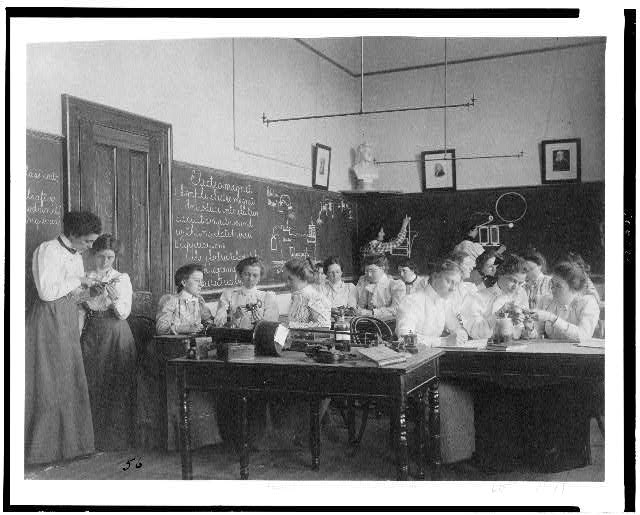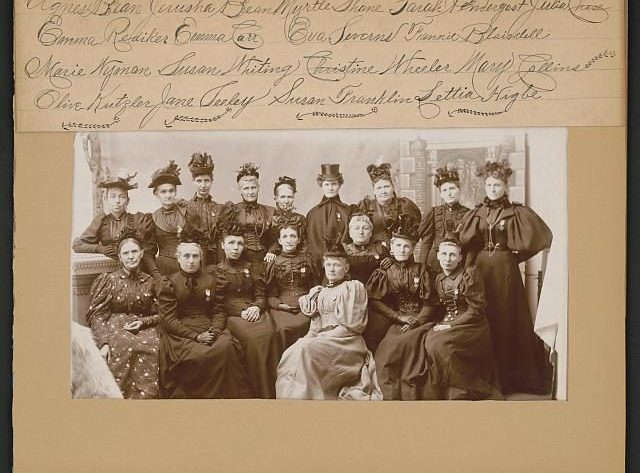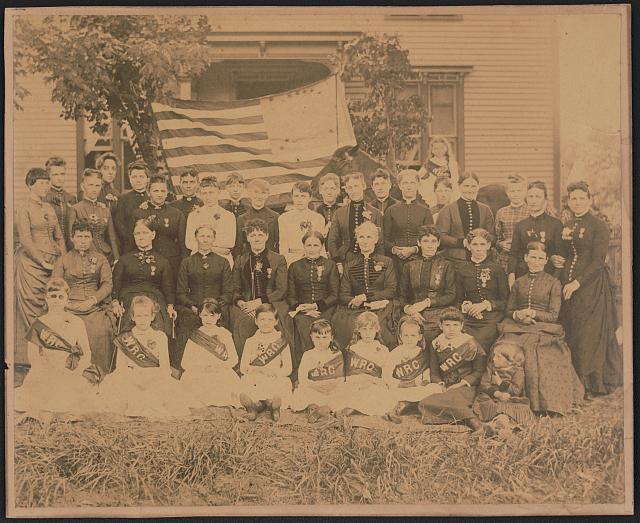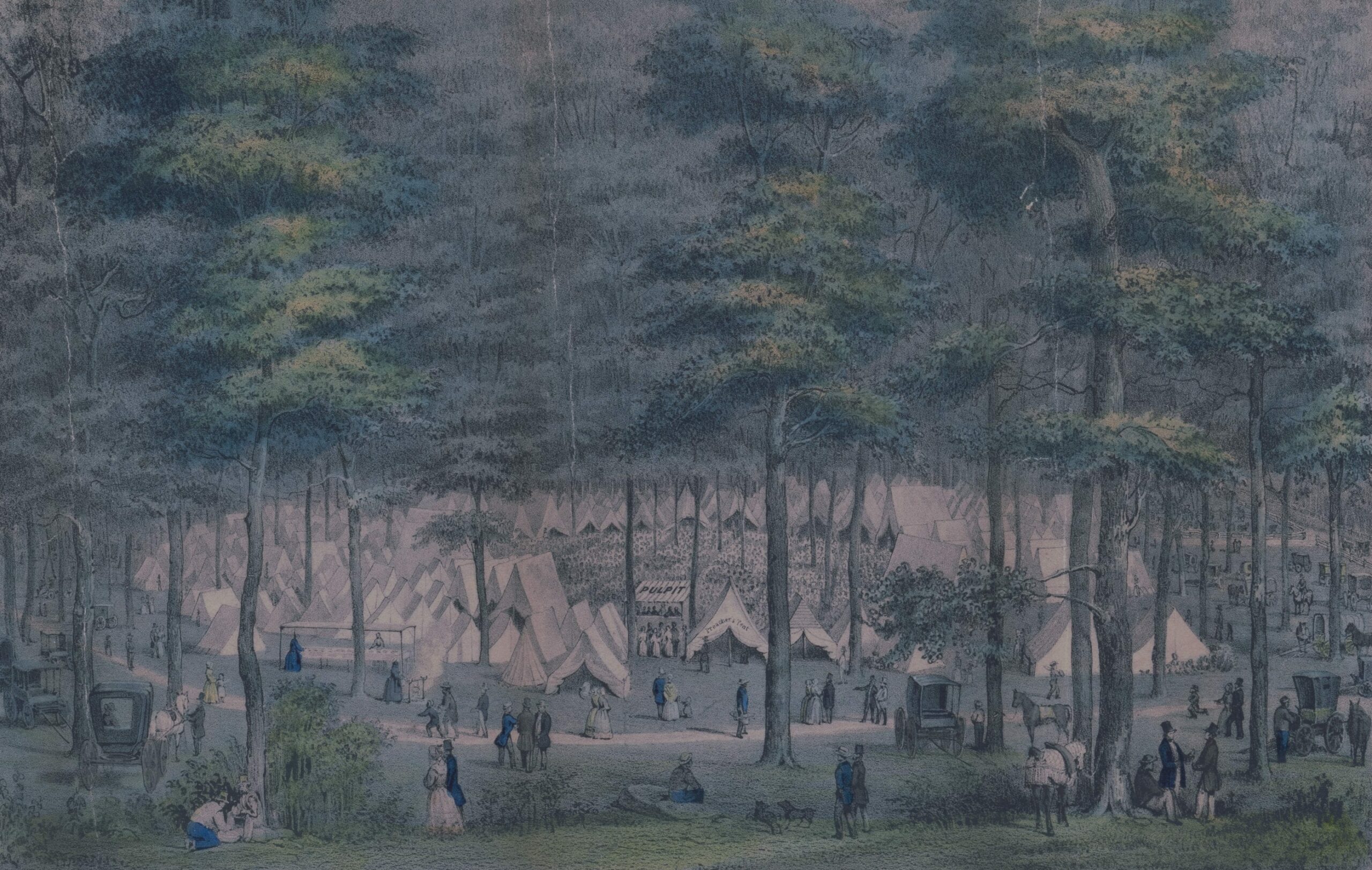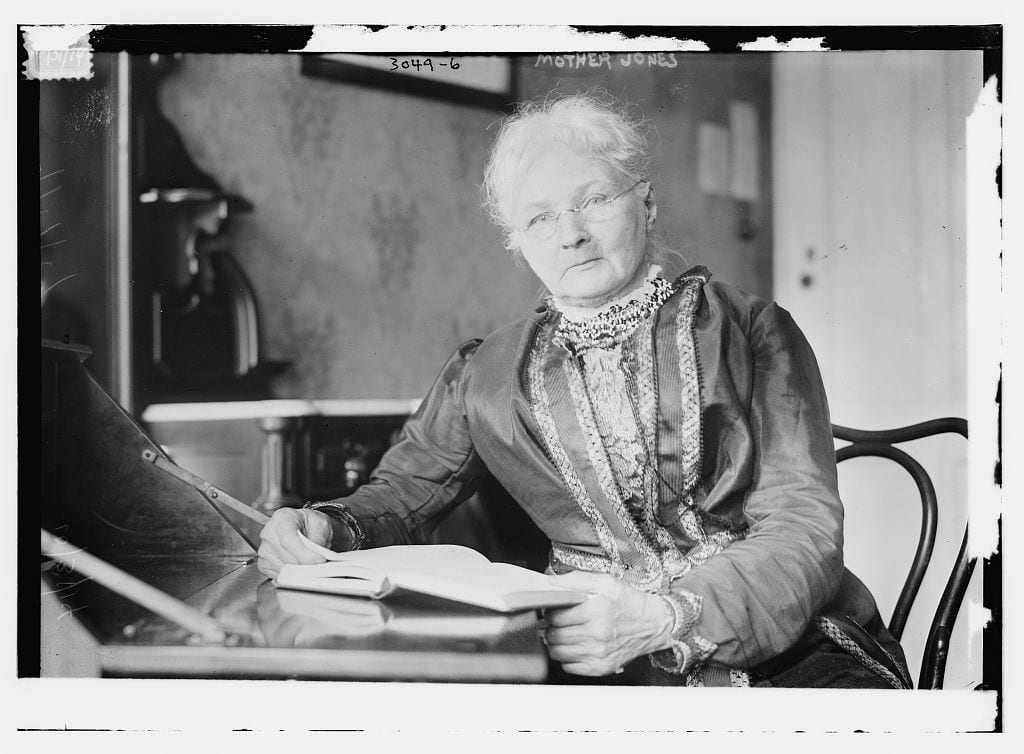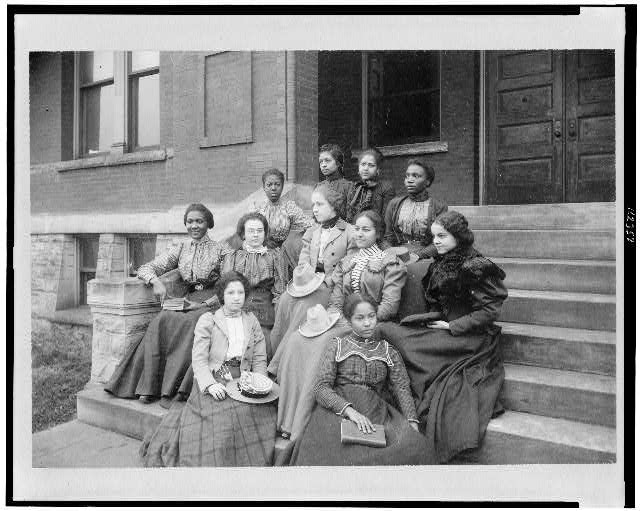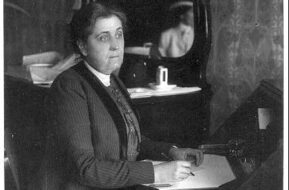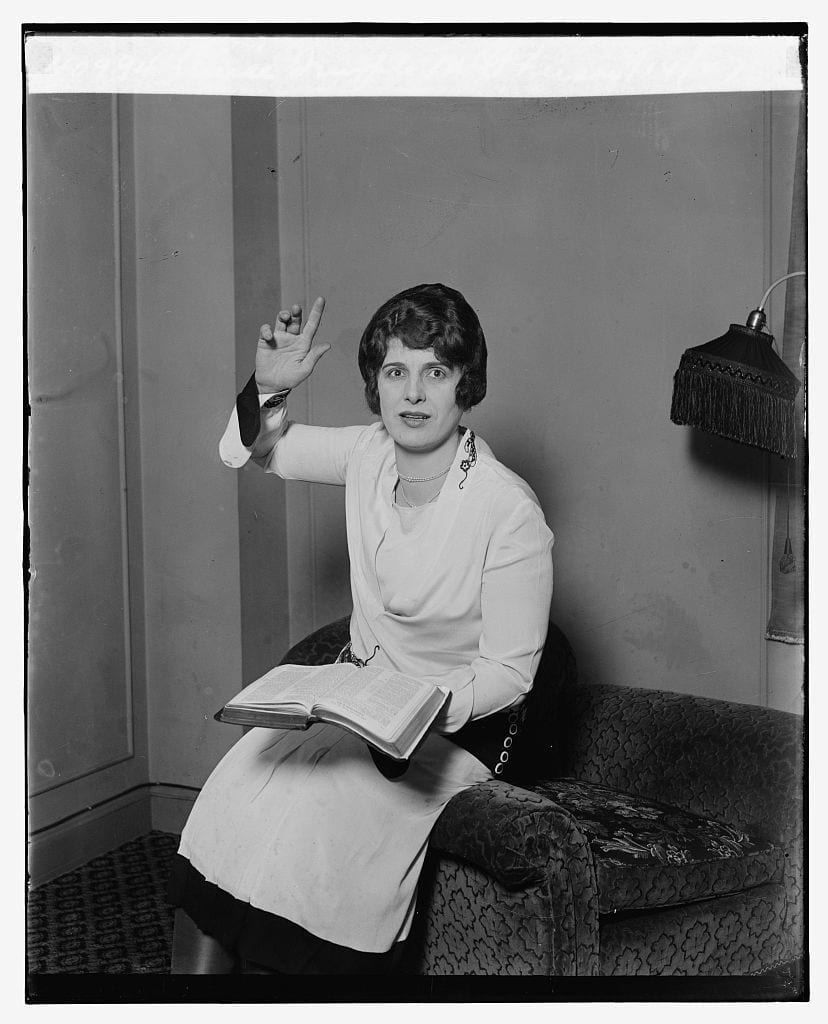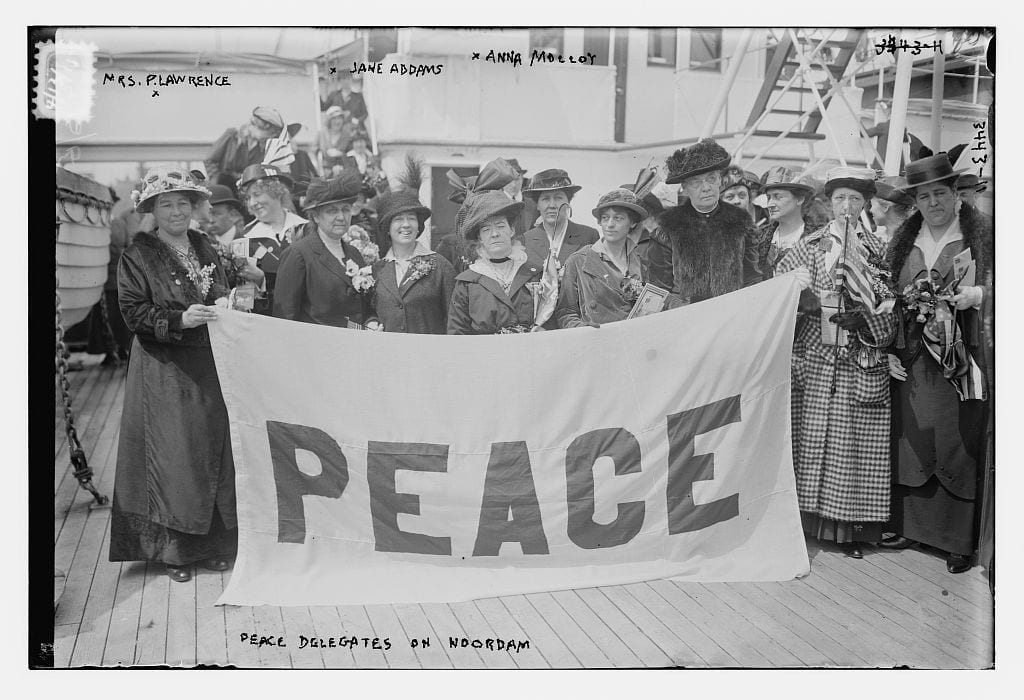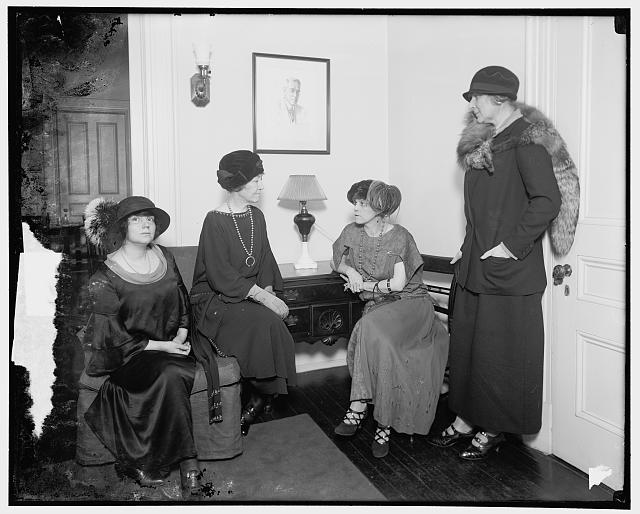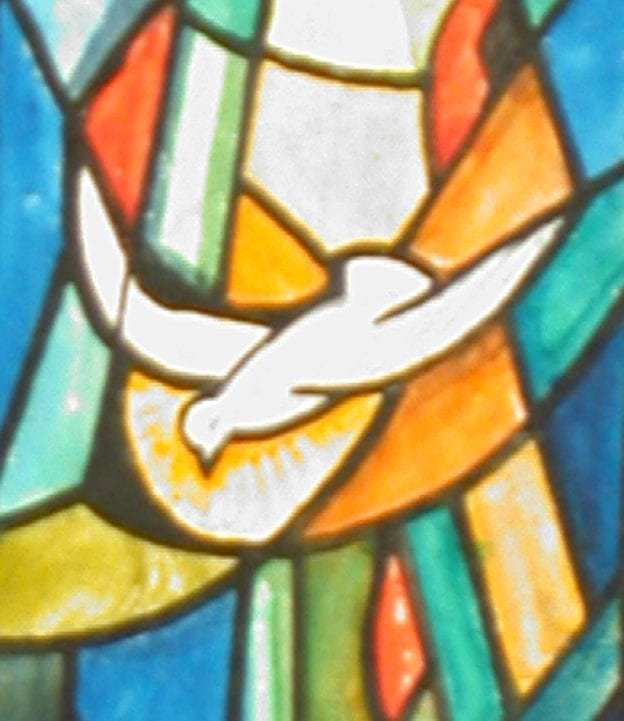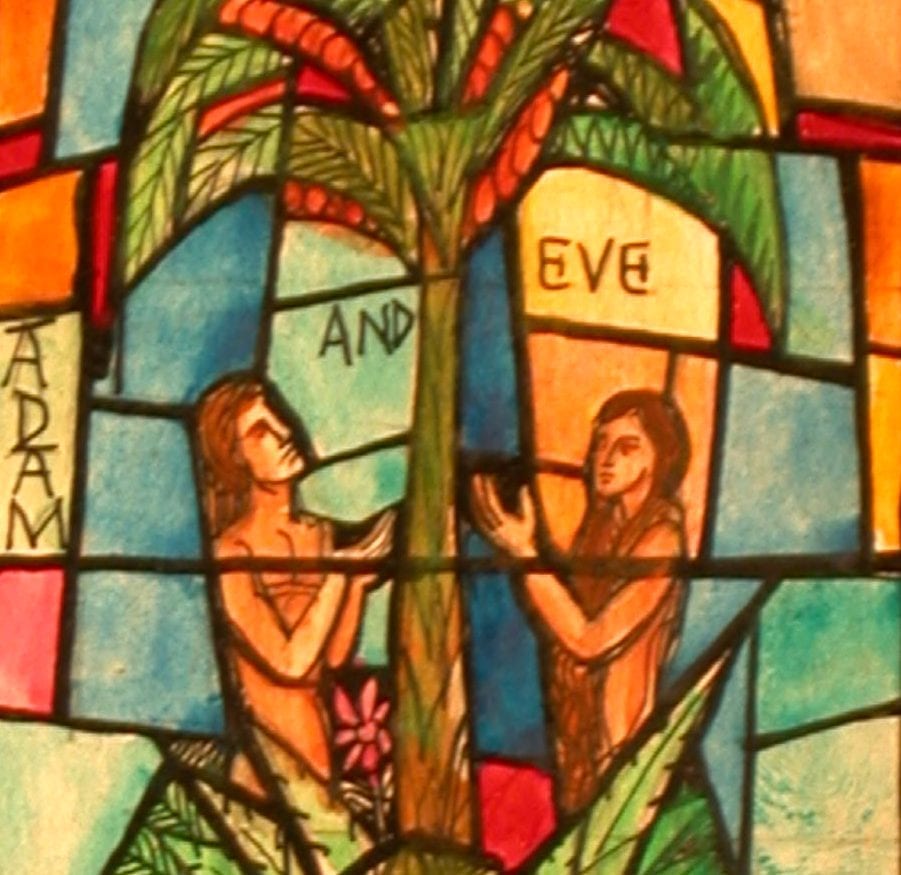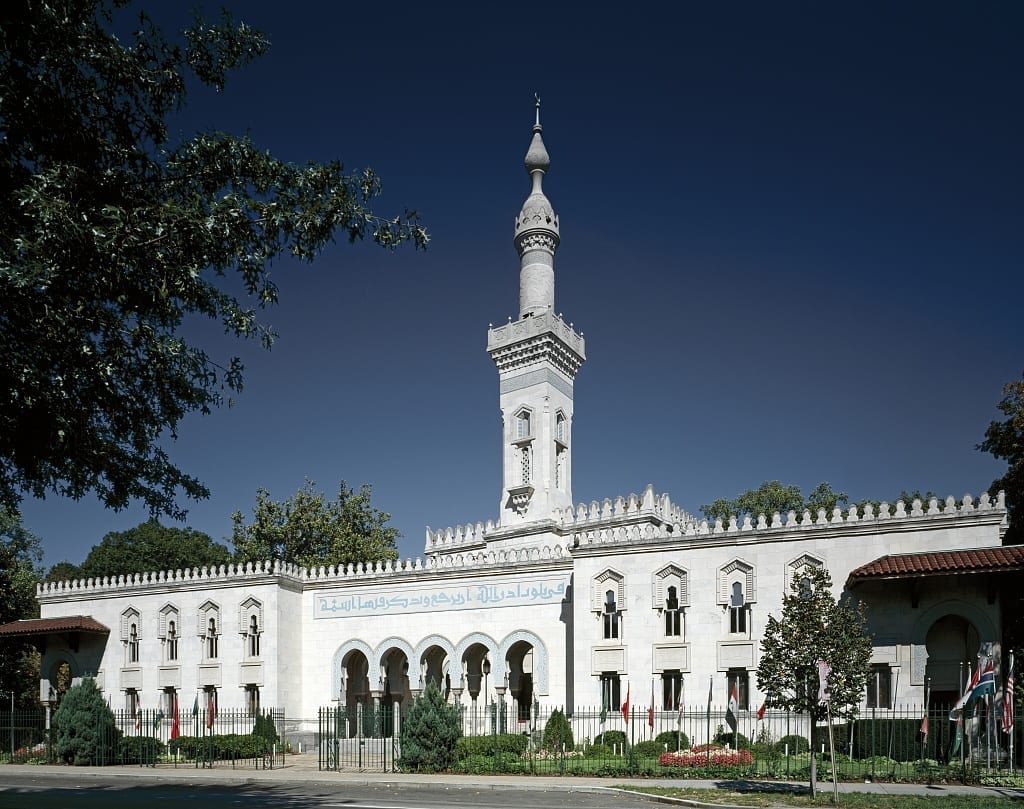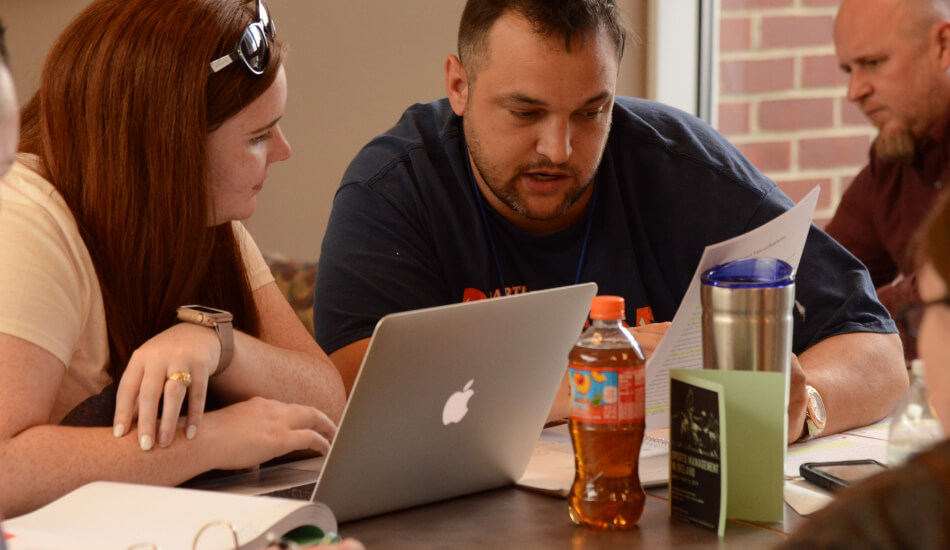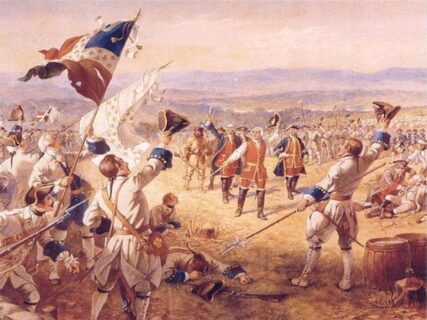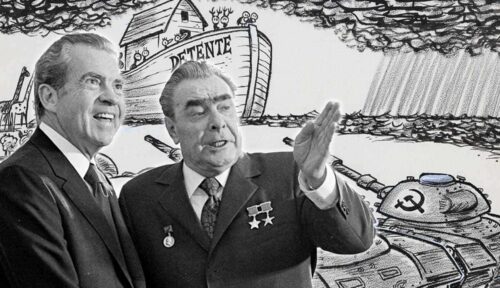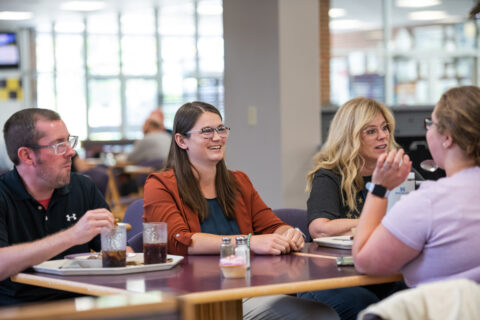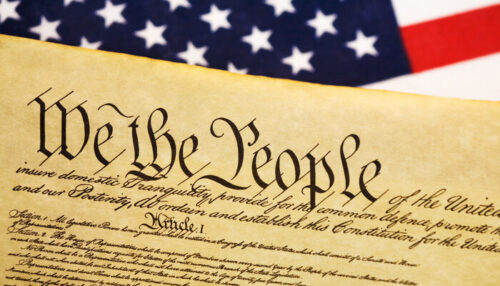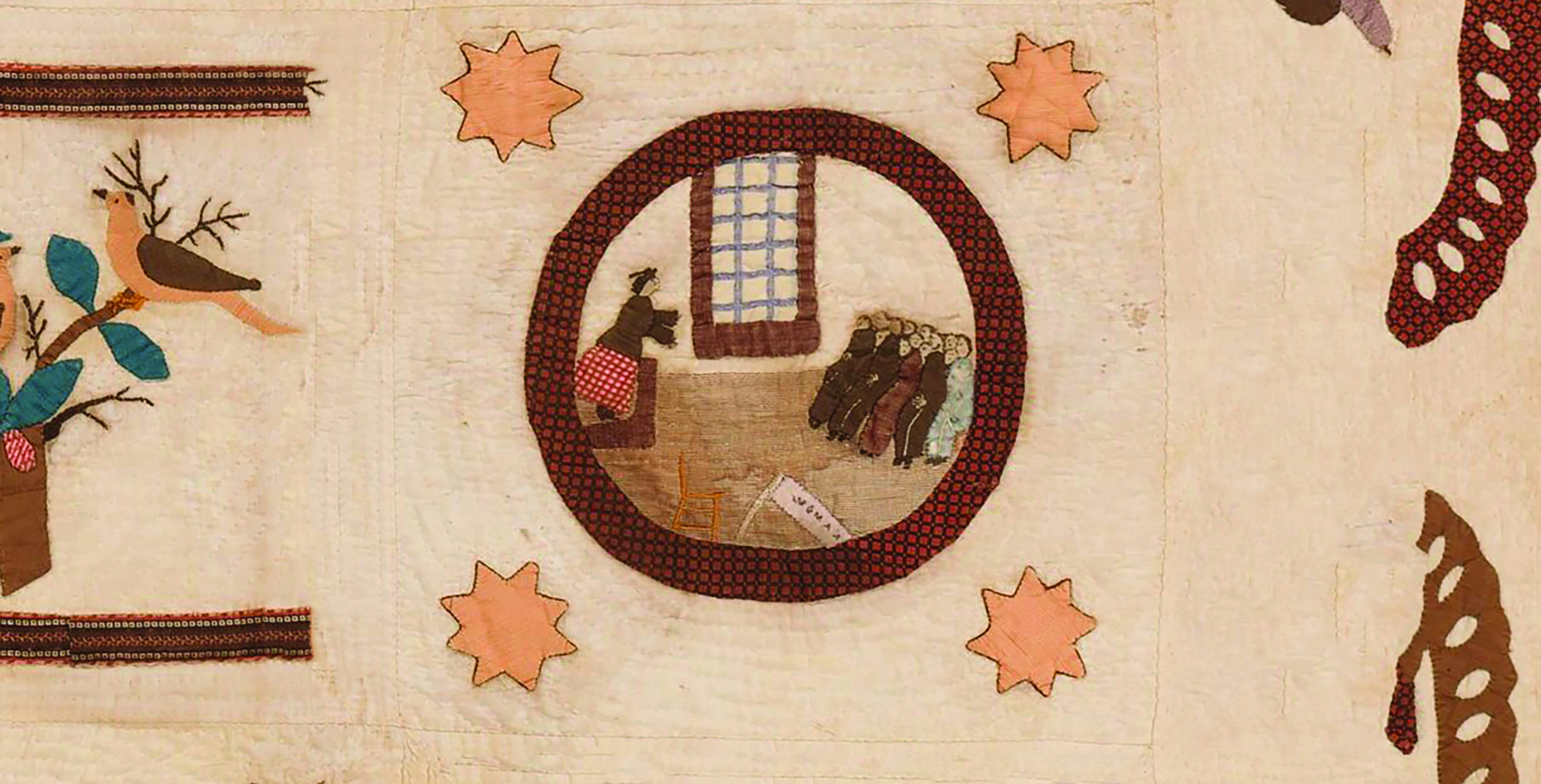
Women's Voices
While women have historically made up an overwhelming percentage of America’s religious practitioners, their roles in shaping the practice as well as the doctrines of American religious groups have too often been underappreciated and undertold. For the last several decades, scholars have been working to overcome this deficit, posing questions about the ways in which women understood their relationship to religious authorities, the reasons a woman might or might not act upon a felt call to religious leadership or preaching, and of course, the many ways in which religious women have been inspired by their beliefs to pursue justice and reform in their societies.
This volume is indebted to all of the work being done by scholars in those fields to help contextualize my understanding of what was happening around the various women represented here in their own day. Yet it is not primarily an effort to argue for or against one particular approach to understanding the deeply nuanced relationship between America’s women and their respective religious beliefs. Rather, it is an attempt to allow those women to speak for themselves so that when we speak of concepts like “antebellum evangelicalism,” “anti-Catholicism,” or even the Civil Rights Movement, we better understand them not as monolithic moments in time, but as moments of intense engagement between men and women of many different persuasions. This is, of necessity, a selective and not exhaustive collection: I have focused attention on documents written by women who were associated with the leadership of their respective religious organizations in some way. While I realize that the experiences of these women may have differed in significant ways from that of their less-vocal if not less-engaged or thoughtful sisters, I nevertheless think it is important to begin our publication of documents by religious women with texts by individuals who were most clearly situated in a way to shape the discourse of their time.
I am indebted to David and Ellen Tucker for their years of friendship and deep discussion of the place of religious believers of all kinds in the American tradition and to the Ashbrook Center, for supporting the work we do in the Religion in American History and Politics program.
African American Religion
Phyllis Wheatley, Selected Poems, 1770–1775
Jarena Lee, “My Call to Preach the Gospel,” c. 1819
Maria Stewart, “Religion and the Pure Principles of Morality: The Sure Foundation on Which We must Build,” October 1831
Sojourner Truth, “Religious Experience,” 1850
Julia A. J. Foote, A Brand Plucked from the Fire, 1879
Fannie Lou Hamer, “We’re On Our Way,” September 1964
Marilynne Robinson, “The Tyranny of Petty Coercion,” 1999
Hannah Whithall Smith, “Holiness Camp Meetings,” 1903
American Originals
Mother Ann Lee, “Testimonies,” c. 1780
Record of the Organization and Proceedings of The Female Relief Society of Nauvoo, 1842–1843
Ann Eliza Young, “The Revelation on Celestial Marriage: Trouble Among the Saints,” 1875
Mary Baker Eddy, “The People’s God: Its Effect on Health and Christianity,” June 1883
Ellen G. White, “Stimulants and Narcotics,” 1905
Aimee Semple McPherson, “What About Those Manifestations?” 1919
American Exceptionalism
Anne Dudley Bradstreet, “A Dialogue Between Old England and New Concerning Their Present Troubles,” 1642
Phyllis Wheatley, Selected Poems, 1770–1775
Catholicism
Elizabeth Ann Bayley Seton, Letter to Rev. Simon Brute, S.S., September 1816
Mary Harris Jones, “Mother Jones Writes Plea to Roosevelt,” July 30, 1903
Dorothy Day, “Houses of Hospitality,” December 1936
Dorothy Day, “We Continue Our Christian Pacifist Stand,” January 1942
Flannery O’Connor, “The Catholic Novelist in the Protestant South,” c. 1964
Islam
Amina Wadud, “Citizenship and Faith,” 2005
Judaism
Rebecca Gratz, Report on the Necessity of Jewish Education, 1835
Amy Eilberg, “Exploring the Link Between Womanhood and the Rabbinate,” 1985
Peace Advocacy
Jane Addams, “Personal Reactions During the War,” 1922
Dorothy Day, “We Continue Our Christian Pacifist Stand,” January 1942
Personal Piety and Its Public Impact
Isabella Graham, “On Opening a School for Poor Children,” c. 1806
Rebecca Gratz, Report on the Necessity of Jewish Education, 1835
Maria Stewart, “Religion and the Pure Principles of Morality: The Sure Foundation on Which We must Build,” October 1831
Hannah Whithall Smith, “Holiness Camp Meetings,” 1903
Reform/Other Activism
Isabella Graham, “On Opening a School for Poor Children,” c. 1806
Record of the Organization and Proceedings of The Female Relief Society of Nauvoo, 1842–1843
Anna Howard Shaw, “The Heavenly Vision,” March 1888
Frances Willard, “The ‘Do Everything’ Policy,” March 1893………… 117
Mary Harris Jones, “Mother Jones Writes Plea to Roosevelt,” July 30, 1903
Jane Addams, “Religious Education and Contemporary Social Conditions,” 1911s During the War,” 1922
Dorothy Day, “Houses of Hospitality,” December 1936
Reformed Christianity
Anne Dudley Bradstreet, “A Dialogue Between Old England and New Concerning Their Present Troubles,” 1642
Mary Rowlandson, The Sovereignty and Goodness of God, 1682
Phyllis Wheatley, Selected Poems, 1770–1775
Esther Edwards Burr, Thoughts, 1754–1756
Marilynne Robinson, “The Tyranny of Petty Coercion,” 1999
Religious Society of Friends (Quakers)
Mary Dyer, Letter to the General Court and Testimony, 1659–1660
Sophia Wigington Hume, An Exhortation to the Inhabitants of the Province of South-Carolina, 1748
Angelina Grimké, Appeal to Christian Women of the South, 1836
Lucretia Mott, “Uses and Abuses of the Bible,” November 4, 1849
Spiritual Equality and Its Relation to Political/Social Equality
Mary Dyer, Letter to the General Court and Testimony, 1659–1660
Phyllis Wheatley, Selected Poems, 1770–1775
Esther Edwards Burr, Thoughts, 1754–1756
Maria Stewart, “Religion and the Pure Principles of Morality: The Sure Foundation on Which We must Build,” October 1831
Anna Howard Shaw, “The Heavenly Vision,” March 1888
Amy Eilberg, “Exploring the Link Between Womanhood and the Rabbinate,” 1985
Elisabeth Elliott Gren, “Men, Women, and Biblical Equality,” 1990
Amina Wadud, “Citizenship and Faith,” 2005
Women’s Communities
Mary Rowlandson, The Sovereignty and Goodness of God, 1682
Esther Edwards Burr, Thoughts, 1754–1756
Angelina Grimké, Appeal to Christian Women of the South, 1836
Record of the Organization and Proceedings of The Female Relief Society of Nauvoo, 1842–1843
For each of the documents in this collection, we suggest below in section A questions relevant for that document alone and in Section B questions that require comparison between documents.
1. Anne Dudley Bradstreet, “A Dialogue Between Old England and New,” 1642
A. What does Bradstreet’s poem suggest about the relationship between religion and politics in Old England? How does New England propose to handle that relationship? What does it suggest to you that Bradstreet—a woman—wrote this poem?
B. How are the concerns about social change in this poem similar to or different from those in Fannie Lou Hamer‘s speech?
2. Mary Dyer, Letter to the General Court and Testimony,” 1659–1660
A. Although several of the women in this collection experienced persecution for their religious beliefs, Dyer is the only one who died for them. What reasoning does she offer for her own commitment? What critique does she offer of her persecutors?
B. How might Amina Wadud evaluate Dyer’s argument in light of her own statements on the relationship between citizenship and faith?
3. Mary Rowlandson, The Sovereignty and Goodness of God, 1682
A. Explain how Rowlandson saw or experienced the “goodness” of God in her captivity and its aftermath? What does this suggest about her faith?
B. In what ways is Rowlandson’s understanding of and relationship with God similar to or different from the relationship described by someone like Sojourner Truth or Aimee Semple McPherson? How might we account for those similarities or differences?
4. Phyllis Wheatley, Selected Poems, 1770–1775
A. How would you characterize Wheatley’s understanding of America’s role in God’s plan for the world?
B. How does Wheatley’s response to George Whitefield’s death add to the account of the Great Awakening we see in someone like Esther Edwards Burr?
5. Sophia Wigington Hume, An Exhortation to the Inhabitants of the Province of South–Carolina, 1748
A. To what, exactly, is Hume exhorting South Carolinians, and why? What makes her case compelling (or not)?
B. How is Hume’s call for a reformation of manners among Southerners related to Angelina Grimké’s later call for Southern women to embrace the cause of abolition?
6. Esther Edwards Burr, Thoughts, 1754–1756
A. What do Burr’s journal entries tell us about the various role expectations placed on evangelical women in the Great Awakening? How might those roles or expectations been liberating or confining?
B. How does the evangelicalism of someone like Burr compare to that of someone like Elisabeth Elliott Gren? Where are there areas of continuity and discontinuity among these women?
7. Mother Ann Lee, Testimonies, c. 1780
A. In what ways does Lee both exemplify and confound the gender expectations of her time? How might we analyze Lee’s teaching on the dual-nature of Christ as both masculine and feminine as it relates to her own role as a religious leader and her plans for the community of Shakers?
B. Although no other woman in this collection claimed to be the embodiment of the Christ-figure, several others did help to found new religious groups. What similarities, if any, do you see between Lee and other female founders like Mary Baker Eddy or Ellen G. White?
8. Isabella Graham, “On Opening a School for Poor Children,” c. 1806
A. Explain and evaluate Graham’s argument for focusing on education as the foundation of her social ministry.
B. How are Graham’s efforts and those of Rebecca Gratz similar or different? What do such efforts say about the place of religious education and the inculcation of virtue in American culture?
9. Jarena Lee, “My Call to Preach the Gospel,” c. 1819
A. How does Lee justify her rejection of tradition in following her call to preach? What are the potential dangers of such a position? Does Lee address them?
B. Explain how Lee might respond to someone like Elizabeth Seton with her insistence on one true church?
10. Elizabeth Ann Bayley Seton, Letter to Rev. Simon Brute, S.S., September 1816
A. What does Seton’s letter tell us about anti-Catholic sentiment in the antebellum United States? What possible argument does she offer to counter act such prejudice?
B. Are there any similarities between the anti-Catholic prejudice described by Seton and the prejudice experienced by someone like Fannie Lou Hamer?
11. Rebecca Gratz, Report on the Necessity of Jewish Education, 1835
A. What are the cultural benefits of religious education, according to Gratz? How will it help secure a place for the Jewish people in America?
B. Is the type of community life described by Dorothy Day equivalent to the type of education Gratz has in mind here?
A. What are the potential criticisms of Stewart’s argument, and does she have a sufficient response to any of them?
B. In what ways does Stewart’s argument align with or depart from Rebecca Gratz’s argument? Why might disadvantaged groups in America rely on education as a path to social improvement?
13. Angelina Grimké, Appeal to Christian Women of the South, 1836
A. Coming from the south herself, Grimké understood the role of southern women quite well. How and why does she pitch her Appeal to capitalize on societal expectations for women? Does this strengthen or weaken her argument?
B. Compare Grimké’s program for reform to that of Frances Willard: how are they similar or different? Which one seems more likely to succeed, and why?
14. Record of the Organization and Proceedings of the Female Relief Society of Nauvoo, 1842–1843
A. What is the significance of the discussion over the word “relief” vs. “benevolent” in the Society’s name? How does this shed light on the Relief Society’s mission?
B. Should religious efforts aimed at the care of the poor be restricted to those of one’s own religious background (see Gratz, for example) or not?
15. Lucretia Mott, “Uses and Abuses of the Bible,” November 4, 1849
A. What does Mott mean by the “abuse” of the Bible? What does she suggest instead as the appropriate “use” of the Bible?
B. Would Mott appreciate the attempt taken by Amy Eilberg, for example, to combine a feminist interpretation of the Bible with a respect for religious tradition? Why or why not?
16. Sojourner Truth, “Religious Experience,” 1850
A. How does Truth compare the titular Christianity (focused on holidays) used to keep slaves loyal to their masters to the Christianity she experienced during her conversion?
B. Bearing Truth’s remarks about the connection between genuine Christianity and freedom in mind, evaluate Flannery O’Connor’s essay on the effect of social tyranny upon religious conviction.
17. Ann Eliza Young, “The Revelation on Celestial Marriage: Trouble Among the Saints,” 1875
A. How does Young portray polygamy and celestial marriage as oppressive and unjust towards women and children? Why does she present this as a matter of public concern, rather than a matter of religious freedom?
B. In what ways are the arguments Young recounts as used to oppress Mormon women similar to or different from the arguments used by white Americans to oppress black Americans (see Hamer, for example).
18. Julia A. J. Foote, A Brand Plucked from the Fire,” 1879
A. What does Foote mean by sanctification? How does she believe that her experience of it has prepared her for a preaching ministry?
B. How do Foote’s arguments to support her right to preach compare to those by Jarena Lee and Anna Howard Shaw? Do these women share the same understanding of scripture?
19. Mary Baker Eddy, “The People’s God: Its Effect on Health and Christianity,” June 1883
A. Explain Eddy’s argument for Christian Science; what are the social repercussions of a religious system that denies the existence of the material world as something other than a manifestation of sin?
B. How is Eddy’s sense of “tyranny” similar to or different from that of Marilynne Robinson? Does society ever have a right to subject religious believers to coercion?
20. Anna Howard Shaw, “The Heavenly Vision,” March 1888
A. What are the specific “visions” Shaw suggests women will offer to the world? Are these uniquely feminine, and if so, how? If they are not, why does Shaw believe women will be the ones to fulfill this prophecy?
B. Would Shaw understand the work of women like Jane Addams, Day, Fannie Lou Hamer, and Beverly LaHaye (See Addams, Addams, Day, Day, and Hamer) as fulfilling the “heavenly vision” of which she spoke? Why or why not?
21.Frances Willard, “The ‘Do Everything’ Policy,” March 1893
A. What rationale does Willard offer for her “do everything” policy? What are the potential costs and benefits of such an approach?
B. How do Willard’s arguments for temperance relate to those of Ellen G. White? Is one more or less likely to win public support?
22. Hannah Whithall Smith, “Holiness Camp Meetings,” 1903
A. Smith describes camp meetings as events where the religious community could withdraw from the wider world; what are the potential benefits and harms of such withdrawal, both for the religious and for the broader society?
B. What do you think Smith means in drawing a distinction between “emotions” and “convictions”? Although she describes her experience at the camp meeting as profoundly emotional, Smith cautions against excessive emotion. How do you think she would respond to someone like Aimee Semple McPherson?
23. Mary Harris Jones, “Mother Jones Writes Plea to Roosevelt,” July 30, 1903
A. When Mother Jones refers to the children in the factories as “enslaved,” what does she mean? How is this a spiritual crisis?
B. How does Jones’ plea for federal intervention into child labor in the states square with Jane Addams’ plea for greater activism by religious educators?
24. Ellen G. White, “Stimulants and Narcotics,” 1905
A. Explain White’s religious objections to chemical stimulants; what appears to be her primary concern in raising these issues?
B. White’s arguments for temperance are couched in scientific terms; how might we compare this to the “Christian Science” advocated by Mary Baker Eddy?
25. Jane Addams, “Religious Education and Contemporary Social Conditions,” 1911
A. What are the primary challenges facing religious educators in the modern world, according to Adams? How does she foresee these being overcome?
B. If we consider the novel a type of education, how might we evaluate Flannery O’Connor’s claims for Catholic novelists in light of Jane Addams’ argument here?
26. Aimee Semple McPherson, “What About Those Manifestations?” 1919
A. Does McPherson adequately answer the question posed by her hypothetical inquisitor? Why or why not?
B. Is the religious manifestation McPherson describes something different from the grotesque described by Flannery O’Connor? If it is, explain how, if it is not, explain the similarities between them.
27. Jane Addams, “Personal Reactions During the War,” 1922
A. What explanation does Addams offer for maintaining her pacifist stance in the face of a national crisis?
B. How does Marilynne Robinson’s concept of the tyranny of petty coercion help us to understand Addams’ experience during and after the war?
28. Dorothy Day, “Houses of Hospitality,” December 1936
A. What is the core purpose of a house of hospitality, according to Day? Is its primary mission to the individual in need, or to the community as a whole?
B. As a reform movement, are Houses of Hospitality more similar to Holiness Camp Meetings or the Relief Society?
29. Dorothy Day, “We Continue Our Christian Pacifist Stand,” January 1942
A. Which of the petitions in Day’s prayer do you think would be most effective in bringing about social and political change, and why?
B. Explain the differences between Day’s experience as a pacifist and that of Jane Addams (See Addams and Addams): are these differences primarily a matter of the time and context, or are they reflective of deeper religious differences between the two thinkers?
30. Flannery O’Connor, “The Catholic Novelist in the Protestant South,” c. 1964
A. What does O’Connor mean by the grotesque and how does it relate to Catholicism as she understands it?
B. To what extent are all religious persons “Catholics in the Protestant South” in modern America? (Consider Robinson).
31. Fannie Lou Hamer, “We’re On Our Way,” September 1964
A. When Hamer says to her audience that they are “on the way” to somewhere, what does she have in mind and how does religion figure into either the destination or the journey?
B. Compare the martyrdom of Hamer with that of Mary Dyer.
32. Amy Eilberg, “Exploring the Link Between Womanhood and the Rabbinate,” 1985
A. What is a feminist rabbinate, according to Eilberg? How does she address the problem of tradition?
B. How are the arguments raised by Christian women for their right to preach the gospel different from or similar to those raised by Eilberg as a Jew?
33. Elisabeth Elliott Gren, “Men, Women, and Biblical Equality,” 1990
A. What does Gren mean by “biblical equality”?
B. How does Gren’s vision of biblical marriage compare to that we saw in Esther Edwards Burr?
34. Marilynne Robinson, “The Tyranny of Petty Coercion,” 1999
A. What does Robinson mean when she describes “the tyranny of petty coercion” and how does it specifically impact people of faith?
B. What are the appropriate means people of faith might take to resist such coercion? (Consider Wheatley, Gratz, Grimke, Foote, Addams, and Day, for example).
35. Amina Wadud, “Citizenship and Faith,” 2005
A. What are the potential perils of using civic goals to define religious doctrine, as Wadud appears to be doing here? What are the potential benefits?
B. What type of citizenship does Wadud have in mind in this essay—religious or civil? How do the two intersect and inform one another? Compare her vision of citizenship with that of someone like Esther Edwards Burr or Frances Willard? How might we unify these varying understandings in a way that respects both pluralism and the political principles that define America?
Braude, Ann. Radical Spirits: Spiritualism and Women’s Rights in Nineteenth-century America. Boston: Beacon Press, 1989.
————. Women and American Religion. New York: Oxford University Press, 2000.
Brekus, Catherine A. Strangers and Pilgrims: Female Preaching in America, 1740–1845. Chapel Hill: University of North Carolina Press, 1998.
————. ed. The Religious History of American Women: Reimagining the Past. Chapel Hill: University of North Carolina Press, 2007.
Collier-Thomas, Bettye. Jesus, Jobs and Justice: African American Women and Religion. New York: Knopf, 2010.
Coburn, Carol K., and Martha Smith. Spirited Lives: How Nuns Shaped Catholic Culture and American Life, 1836–1920. Chapel Hill: The University of North Carolina Press, 1999.
Cummings, Kathleen Sprows. New Women of the Old Faith: Gender and American Catholicism in the Progressive Era. Chapel Hill: University of North Carolina Press, 2009.
Deichmann Edwards, Wendy J. and Carolyn De Swarte Gifford, eds. Gender and the Social Gospel. Chicago: University of Illinois Press, 2003.
Greer, Allan. Mohawk Saint: Catherine Tekakwitha and the Jesuits. New York: Oxford University Press, 2004.
Haddad, Yvonne Yazbeck, Jane I. Smith, and Kathleen M. Moore. MuslimWomen in America: The Challenge of Islamic Identity Today. New York: Oxford University Press, 2006.
Higginbotham, Evelyn Brooks. Righteous Discontent: The Women’s Movement in the Black Baptist Church, 1880–1920. Cambridge, MA: Harvard University Press, 1993.
Hyman, Paula E., and Deborah Dash Moore, eds. Jewish Women in America: An Historical Encyclopedia. 2 vols. New York: Routledge, 1997.
Juster, Susan. Disorderly Women: Sexual Politics and Evangelicalism in Revolutionary New England. Ithaca, NY: Cornell University Press, 1996.
Keller, Rosemary Skinner, and Rosemary Radford Ruether, eds. Encyclopedia of Women and Religion in North America. 3 vols. Bloomington: Indiana University Press, 2006.
Lindley, Susan Hill. You Have Stept Out of Your Place: A History of Women and Religion in America. Louisville, KY: Westminster John Knox Press, 1996.
Nadell, Pamela S. Women Who Would be Rabbis: A History of Women’s Ordination, 188–1985. Boston: Beacon, 1998.
Reeder, Jennifer and Kate Holbrook. At the Pulpit: 185 Years of Discourses by Latter-day Saint Women. Salt Lake City: Church Historians Press, 2017. (Also available online with additional texts not included in the print edition: https://www.churchhistorianspress.org/at-the-pulpit)
Satter, Beryl. Each Mind a Kingdom: American Women, Sexual Purity, and the New Thought Movement, 1875–1920. Oakland, CA: University of California Press, 1999.
Sutton, Matthew Avery. Aimee Semple McPherson and the Resurrection of Christian America. Cambridge, MA: Harvard University Press, 2007.
Ulrich, Laurel Thatcher. A House Full of Females: Plural Marriage and Women’s Rights in Early Mormonism, 1835–1870. New York: Knopf, 2017.
Westerkamp, Marilyn J. Women and Religion in Early America, 1600–1850: The Puritan and Evangelical Traditions. New York: Routledge, 1999.

